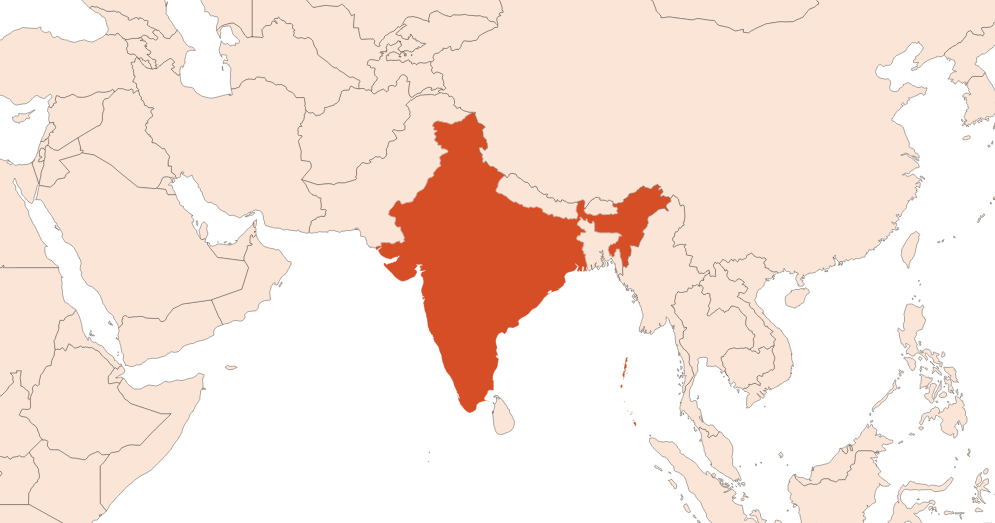Extraction process :
Sambac Jasmine is the flower of a shrub 1 to 3 meters high, forming hedges in the fields. Its physical particularity is its number of petals, exceeding by far the five petals of the most classic grandiflorum jasmine. Sambac jasmine is cultivated on up to 5,000 hectares in the Tamil Nadu region, from which 30,000 tons of flowers are picked each year. Only 2,800 tons are harvested for the perfume industry. 7,000 jasmine plants are planted per hectare of land.
It is cultivated from March to September in the early morning hours in India by the local populations, when the flower is still a bud and has not yet fully bloomed, to keep the fragrance.
After picking the flower buds, the flowers are left to rest for two hours, lying on the floor of the extraction plant, and regularly aired. This maturation allows the flowers to open. This is when the extraction takes place.
The extraction is carried out with hexane at first. The flowers macerate in the solvent for 10 to 12 hours. Once the extraction is completed, the flowers are removed from the extractor. After evaporation of the solvent, a concrete is obtained, containing the waxes extracted from the plant. The concrete can then be diluted in alcohol. After chilling this mixture, the waxes precipitate and are filtered to collect a mixture containing only the alcohol and the flower's olfactive principle. After evaporation of the alcohol, the sambac jasmine absolute is obtained.
800 kg of flower buds are needed to obtain 1 kg of concrete (yield of 0.1 to 0.2%) and 600 g of absolute (yield of 0.075%), i.e. 10 million flower buds to make 1 kg of absolute. This is equivalent to the day of 520 pickers! Each year, 4 to 4.5 tons of concrete are produced.
Sambac jasmine goes often through molecular distillation. This consists in diluting the absolute in vegetable oil and introducing it little by little in a column under a very high vacuum. A slight heating allows the most volatile compounds to evaporate, forming a first fraction. The vegetable oil compounds are not evaporated and form another fraction, called ''residue ''. The core fraction is evaporated and liquefied immediately by the condenser. Slipping on the walls of the condenser, this fraction is recovered with a 80% yield, and is called ''MD Absolute ''.
Chemotypes :
In perfumery, two varieties are mainly used:
Jasminum grandiflorum (found in Grasse or Egypt for example - Grandiflorum Jasmine Absolute)
Jasminum sambac (mainly grown in India - Sambac Jasmine Absolute).
The smell of Jasmine sambac is greener, as it contains a large quantity of Farnesene. The smell of Egyptian jasmine is more fruity and sweet and that of Grasse Jasmine is more jammy and petal-like.
There are also two species cultivated for extraction, in smaller proportions: Jasmimum asteroides and Jasmimum auriculatum, mainly cultivated in India.
Aromatherapy :
Informations provided below are taken from reference works in aromatherapy. They are given for information purposes only and can not constitute medical information, nor engage the responsibility of ScenTree.
Jasmine is used to reduce stress and anxiety, tensions, depression and fatigue. It can also be used as an antiseptic and anti-inflammatory agent.





Comments :